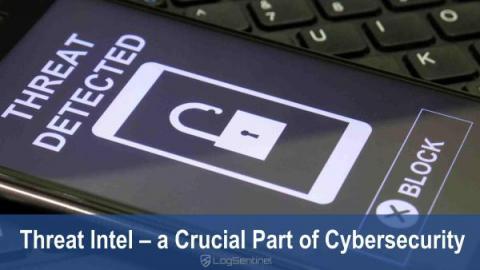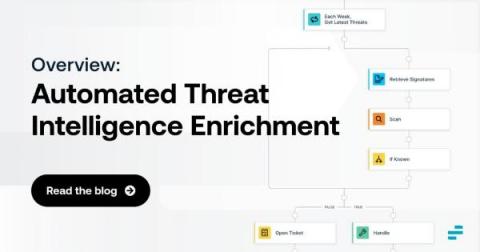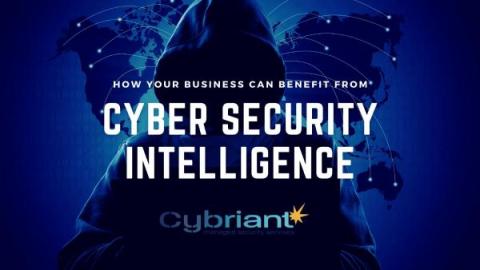Threat Intel - a Crucial Part of Cybersecurity
Threat detection is a key practice to information security. Identifying threats and detecting them on time helps to ensure enterprise security. If a threat is detected, then mitigation efforts must be enacted to properly neutralize the threat before it can exploit any vulnerabilities. Some of the most common threat detection processes are implemented through Extended Detection and Response (XDR) solutions and Security Information and Event Management











